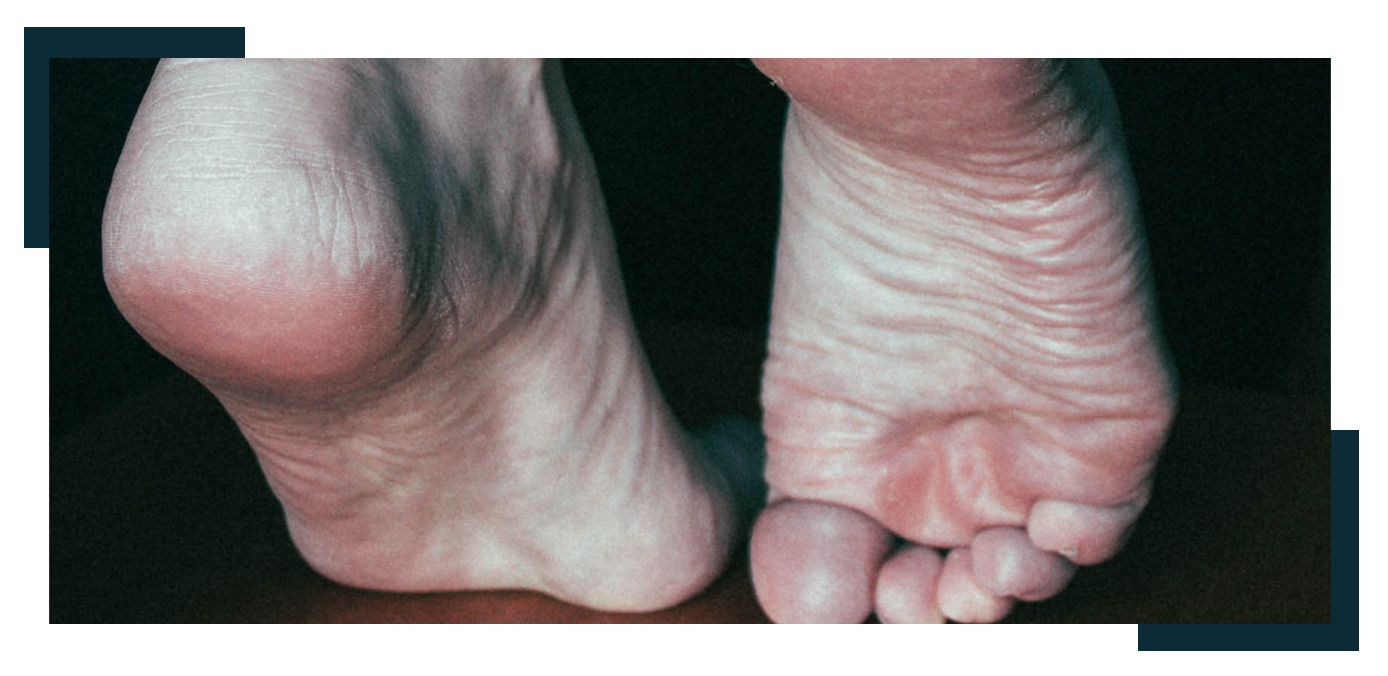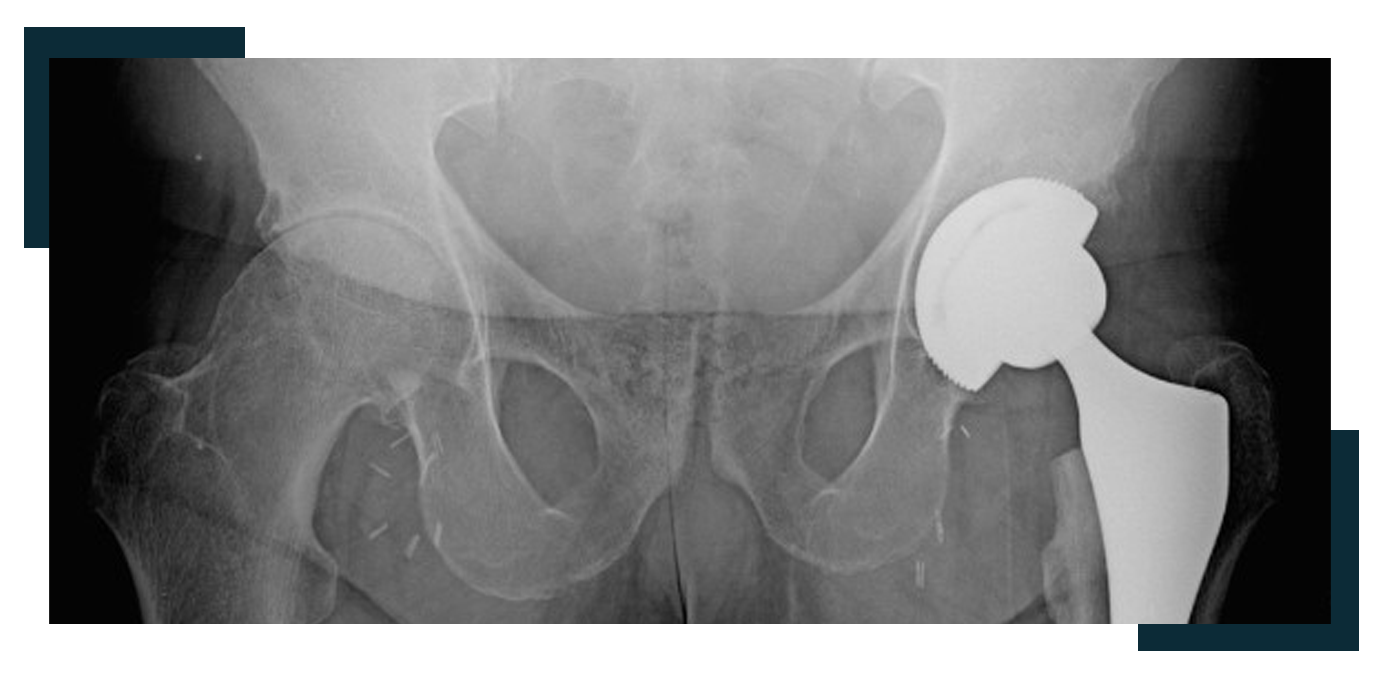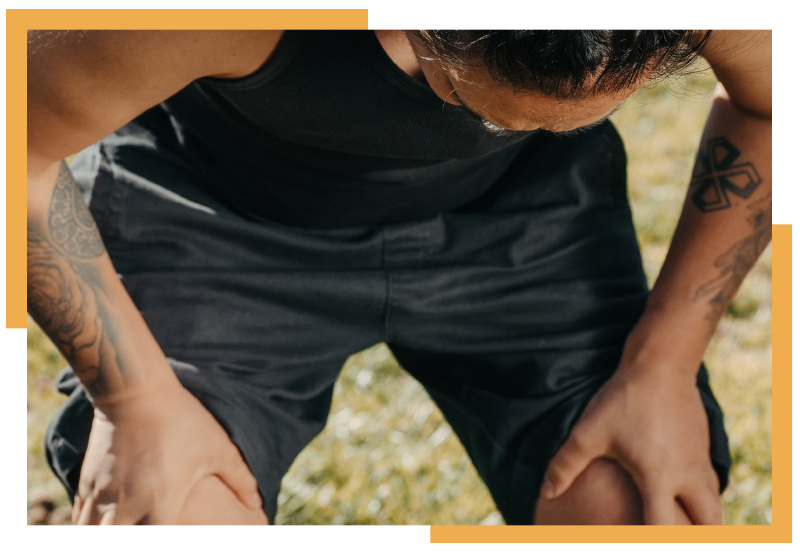Hip Physical Therapy
Are you looking for hip injury physical therapy services? OneRehab expert therapists will help you effectively rehab your hip!

Types of Hip Injuries That Could Require Physical Therapy
- Early/mild arthritis
- Hip impingement (Femoroacetabular impingement)
- Muscle strains (IT band, groin, hip flexor)
- Sacroiliac joint pain
Pain on the hip can result from various issues. Sometimes, the pain can come suddenly and for no apparent reason. Other times recreational activities such as sports can put a strain on the hip. Also, a patient can have other underlying medical conditions. We provide physical therapy to patients to help them improve hip conditions despite the cause. Rehab your hips today!


Early/mild arthritis
Types of Arthritis
Osteoarthritis
Rheumatoid Arthritis
Ankylosing spondylitis
Symptoms of Arthritis
- Hip joint pain, which can include the outer thigh, groin, or buttocks
- Pain in the morning becoming less with activity
- Pain that can be aggravated by extended or vigorous activity
- Walking with a limp or difficulty walking
- Stiffness, or locking in the hip limiting motion range
Treatment and Management
Medication
Lifestyle Changes
Lifestyle Changes
Surgical Treatment for Hip Arthritis
Patient Wellbeing is Our Primary Concern
Get customized hip injury therapy treatment at an affordable cost. Contact OneRehab today.

Hip Impingement (Femoroacetabular Impingement)
What are the Symptoms?
- Stiffness in the hip, thigh, or groin
- Limited range of motion
- Pain in the groin area mostly after flexing the hip (running, sitting for long, or jumping.
- Feeling pain in the groin, thigh, or hip when resting.
What are the Causes?
Types of Hip Impingement
Symptoms
- Thigh, hip, or groin stiffness
- Difficulties with flexing the hip beyond the right angle
- Experiencing groin pain after flexing the hip
- Pain that occurs in the groin area when resting
Hip Injury Treatment and Management

Muscle Strains (IT Band, Groin, Hip Flexor)
Signs and Symptoms
- Experiencing pain in the groin or front of the hip
- Weakness, tenderness, or pain when walking or climbing stairs
- Pulling sensation in the hip or groin
- Pain as you lift your knee to your chest
- Swelling and bruising
- Muscle spasms
- Pain as you walk
- Visible deformity on muscles
Treatment and Management

Sacroiliac Joint Pain
Symptoms
- Experiencing pain after standing for long, running, climbing stairs, or taking a large stride
- Lower back pain
- Pain spreading to the buttocks, hip, or groin
- Stiffness and decreased range of motion in the hips and lower back, pelvis, and groin
Symptoms
- Traumatic injury
- Arthritis
- Pregnancy
- Infections in rare cases
Treatment and Management

Physical Therapy for Hip Pain & Injury
Evaluating Your Gait
Palpation
Measuring Range of Motion
Measure Strength
Mobility Tests
Other Tests
Physical Therapy Exercises for Hip Pain - Rehab For Hips
Physical therapy exercises can help with hip bursitis, labral tear, hip flexor tendonitis, and many other conditions. They help to increase strength and hip mobility.
- Hamstring Stretch
- Hip Flexor Stretch
- Straight Leg Raising
- Bridge
- Hip Hikers
- Squats
- Modified planks
OneRehab
1761 International Pkwy Suite 135, Richardson, TX 75081, United States
Email Us
info@onerehab.com
Call Us
972 845 7875
Working Hours
M - F 7:00 AM – 7:00 PM
Sat 8:00 AM – 2:00 PM



